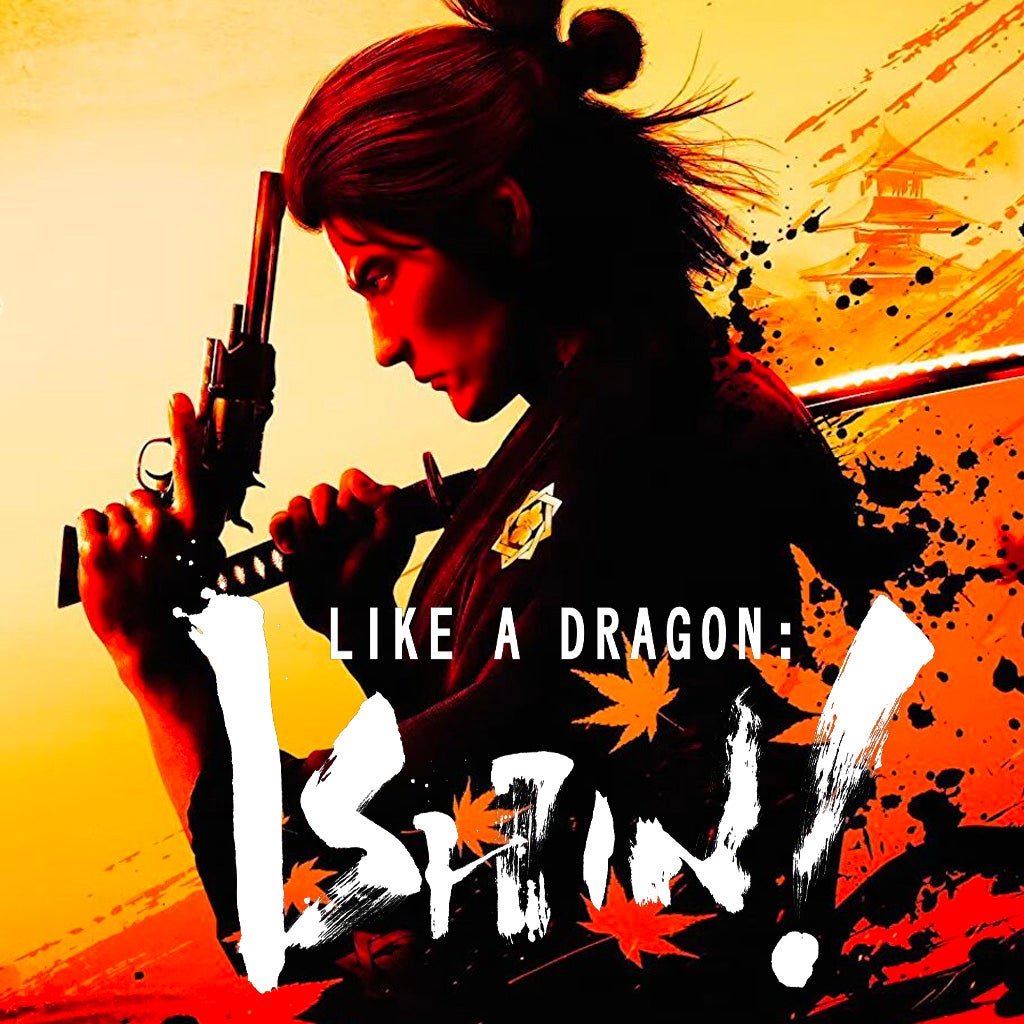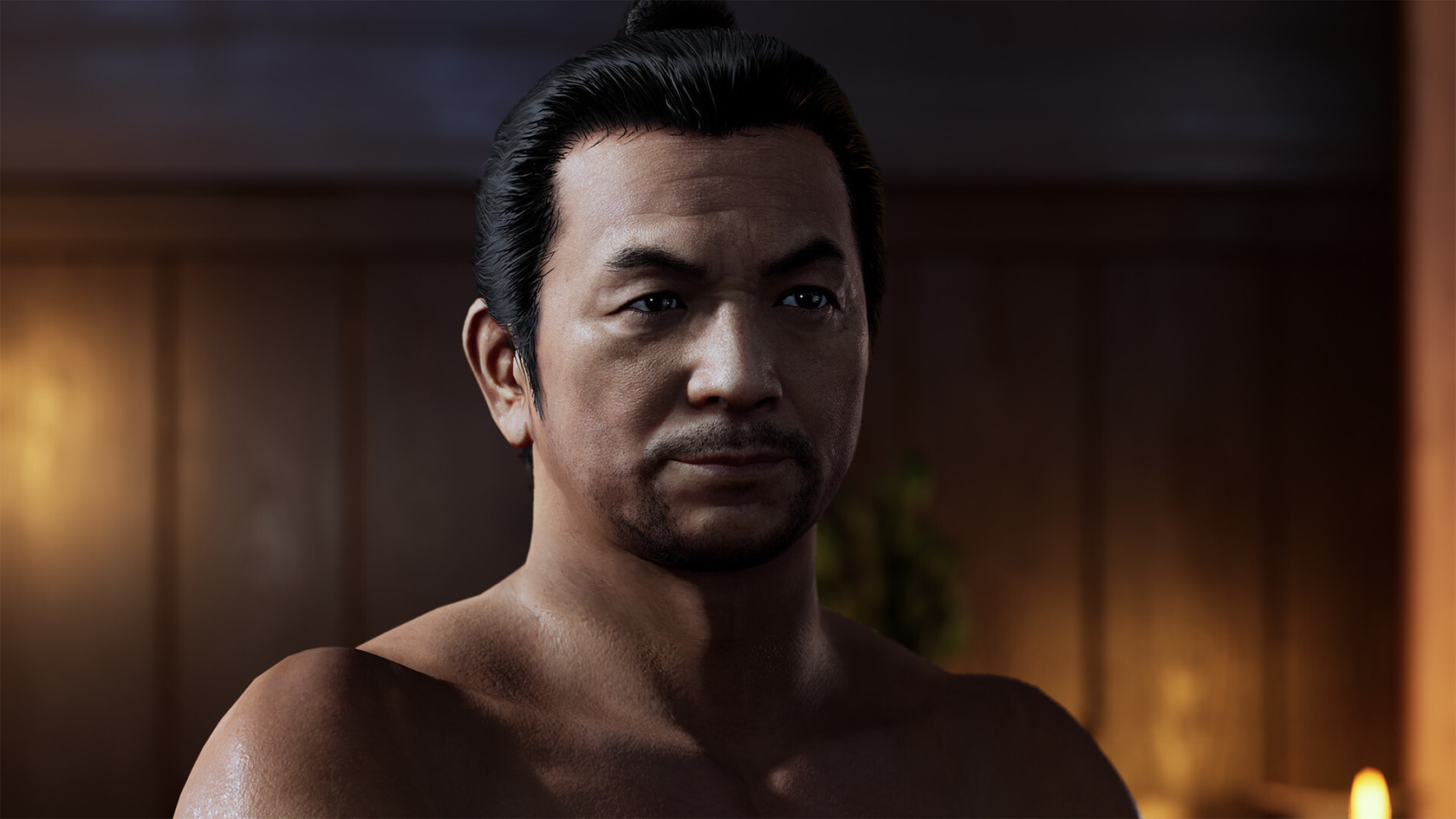
It’s utterly obviously a remaster of a now almost ten year old game. This kind of leads into my other main gripe about the game.
#Like a dragon ishin engine pro
Indeed the Ishin of the title, 維新, refers to the Ishin Shishi, a group of political activists, the more extreme members of which were very much anti Bakufu, pro imperial and worked to overthrow the ruling Tokugawa clan. Japanese children learn this stuff at school so for a Japanese release it probably wasn’t that necessary but for a global one? I think Sega could have done more setting and explaining the historical scene of Ishin. As noted we are introduced to a loyalist group and later on we meet the Shinsengumi, a military group who were a special police arm of the Bakufu charged with maintaining order on the streets of the capital city, Kyoto. The two ringleaders of this opposition were from Satsuma and Choshu provinces which are mentioned in the game and the term “loyalist” is used for factions / individuals who support the restoration of the Emperor.Īpologies for the history lesson but I think the historical context of the game is important and immediately leads me to one criticism I have of Ishin – it doesn’t really do a good job of explaining the political machinations at work early in the game. The might, and right to rule, of the Bakufu was being genuinely challenged, notably by factions who wanted to restore the Emperor to the status of de facto ruler, not a mere figurehead. So, by the time we reach the 1860s and the time that Ishin takes place, Japan is in the midst of great economical and political turmoil. The USA throwing its military weight around to bully other countries, that doesn’t sound familiar at all…
#Like a dragon ishin engine series
This in turn lead to a series of trade and diplomatic treaties being imposed on Japan – mostly to the nation’s detriment and America’s benefit. This came to a head in 1853 / 1854 when American ships, lead by Commodore Matthew Perry, sailed into Tokyo Bay and forced Japan to interact with them – at gunpoint.

By the 19th century Japan was struggling to maintain this isolation as Western nations showed more and more interest in trading with Japan and establishing relations. Tokugawa Ieyasu was a hugely important character in Japanese history – in the early 17th century he unified Japan and established the Tokugawa Bakufu which would rule for the Edo period, implementing a strict isolationist edict to Japan’s foreign policy from the middle of the 17th century. The Bakufu had ruled for many centuries – although the emperor remained the nominal ruler of the country, he was in reality a puppet and the real power lay with the shogun.

The Bakumatsu was the final years of the Bakufu government, the military rule of the shoguns. Ishin is a spin off from the mainline Yakuza series, taking place in the 1860s Bakumatsu period at the end of the Edo era in Japanese history. Like A Dragon: Ishin is a remaster of the original game, localising it for a global audience and bringing it to modern platforms. It never saw a Western release, despite great fan demand for it – until now.
#Like a dragon ishin engine ps3
Ryu Ga Gotoku Ishin was originally released only in Japan in 2014 on PS3 and PS4. Eagle eyed readers will spot that Ryu Ga Gotoku is also the name of the studio itself that produces the games.

I’ll be referring to the historic titles in the series as Yakzua however. Known as 龍が如く (Ryu Ga Gotoku which translates to “Like A Dragon”) in Japan since its inception, Sega have finally decided to align the nomenclature of the Japanese and global releases. Like A Dragon: Ishin is the first title in Sega’s long running franchise to adopt the “Like A Dragon” moniker instead of “Yakuza” for its release outside of Japan.

Platforms: Windows, Xbox One, Xbox Series X/S, PS4, PS5


 0 kommentar(er)
0 kommentar(er)
